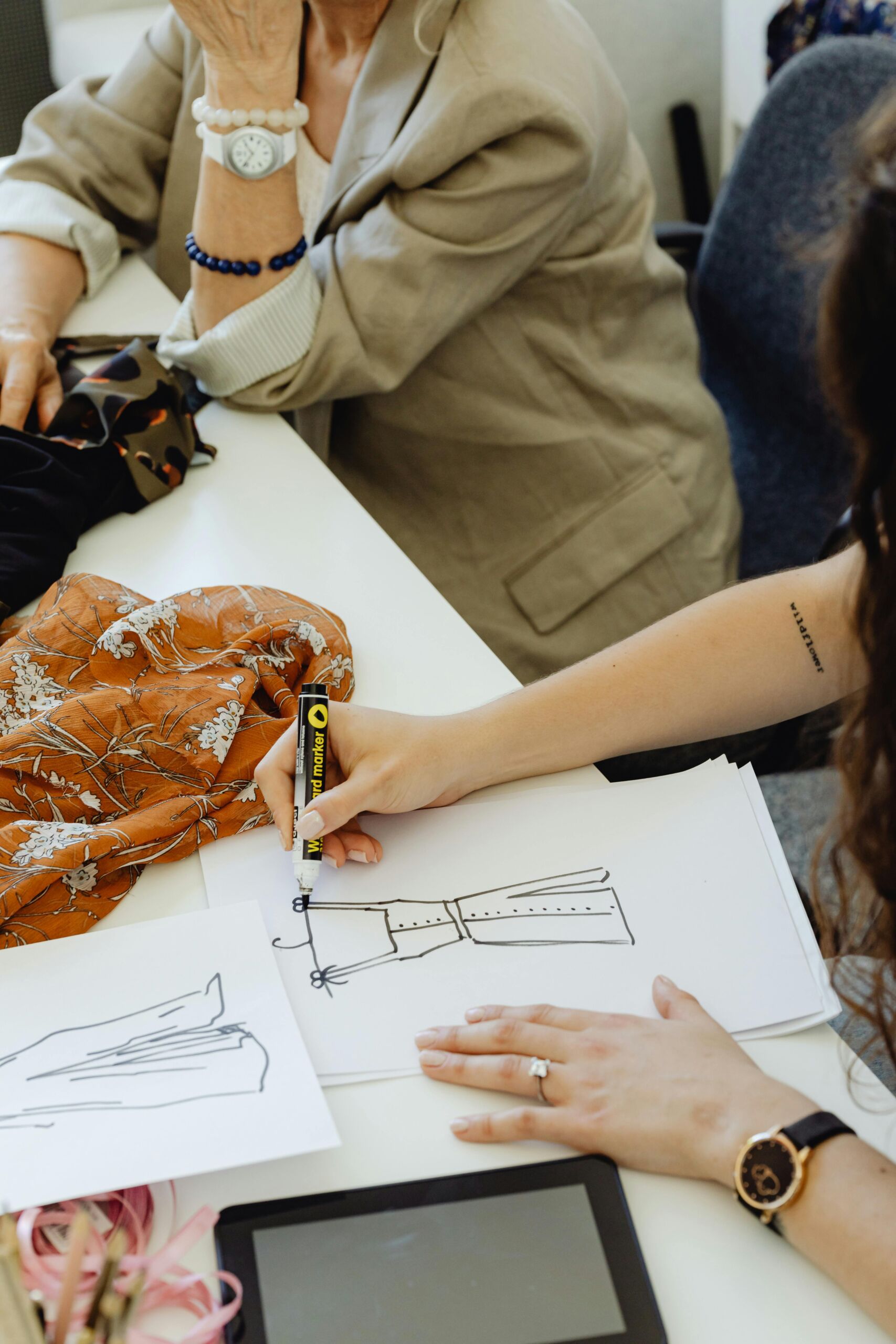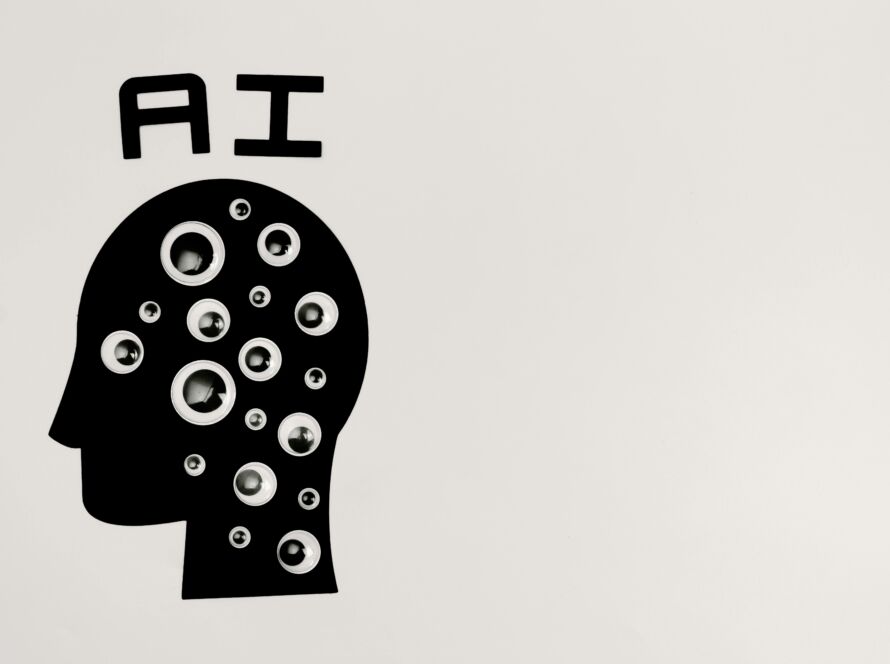Emotional design is a concept that delves into how products, environments, and experiences make us feel. It’s not just about functionality or aesthetics; it’s about creating an emotional connection with the user. Emotional design operates on three distinct levels—Visceral, Behavioral, and Reflective. Understanding these levels can help designers create products and experiences that resonate deeply with users.
1. Visceral Design: The First Impression
Visceral design is all about the immediate, instinctual reaction we have when we first encounter a product or experience. This level of design focuses on the visual and sensory appeal—the colors, shapes, sounds, and textures that evoke an immediate emotional response.
- Example: The sleek design of an Apple product, with its minimalist lines and premium materials, creates an immediate sense of quality and desirability. The visual appeal of a luxury car or the tactile satisfaction of holding a well-crafted pen are also instances where visceral design plays a key role.
Visceral design is crucial because it captures attention and sets the stage for how a product will be perceived. It’s about creating that “love at first sight” moment.
2. Behavioral Design: The Experience in Use
Behavioral design is concerned with the usability and functionality of a product—how easy and enjoyable it is to use. It focuses on the user’s experience and the satisfaction derived from interacting with the product. If a product works well, is intuitive, and meets the user’s needs efficiently, it succeeds on the behavioral level.
- Example: The ergonomic design of a kitchen tool that fits perfectly in the hand and makes cooking easier and more enjoyable is an example of behavioral design. The intuitive interface of a smartphone app, where users can navigate effortlessly and achieve their goals, is another example.
Behavioral design builds trust and loyalty by ensuring that a product not only looks good but also performs well and makes the user’s life easier.
3. Reflective Design: The Long-Term Impact
Reflective design is about the meaning and personal significance that a product holds for the user. It deals with the user’s self-image, personal memories, and the narrative that surrounds the product. This level of design is about how a product makes the user feel about themselves and their choices over time.
- Example: A vintage watch passed down through generations is more than just a timepiece—it’s a symbol of heritage and continuity. Similarly, a reusable water bottle from a brand that aligns with the user’s environmental values can evoke pride and a sense of identity.
Reflective design is powerful because it fosters a deep, long-term emotional connection between the user and the product. It’s what makes people develop a sentimental attachment to certain objects or brands.
Conclusion: Crafting Emotional Connections
Emotional design is about more than just making things look nice—it’s about crafting products and experiences that connect with users on multiple levels. By understanding and incorporating visceral, behavioral, and reflective design principles, designers can create not only functional and aesthetically pleasing products but also ones that resonate deeply with users, fostering lasting emotional connections.
These three levels work together to create a comprehensive emotional experience, ensuring that products are not only used but loved. Whether it’s the immediate allure, the ease of use, or the lasting impression, emotional design is a key element in building meaningful relationships between brands and their audiences.





1 Comment
Ashton Porter
Lorem ipsum dolor sit amet, consectetur adipiscing elit, sed do eiusmod tempor incididunt ut labore et dolore magna aliqua.